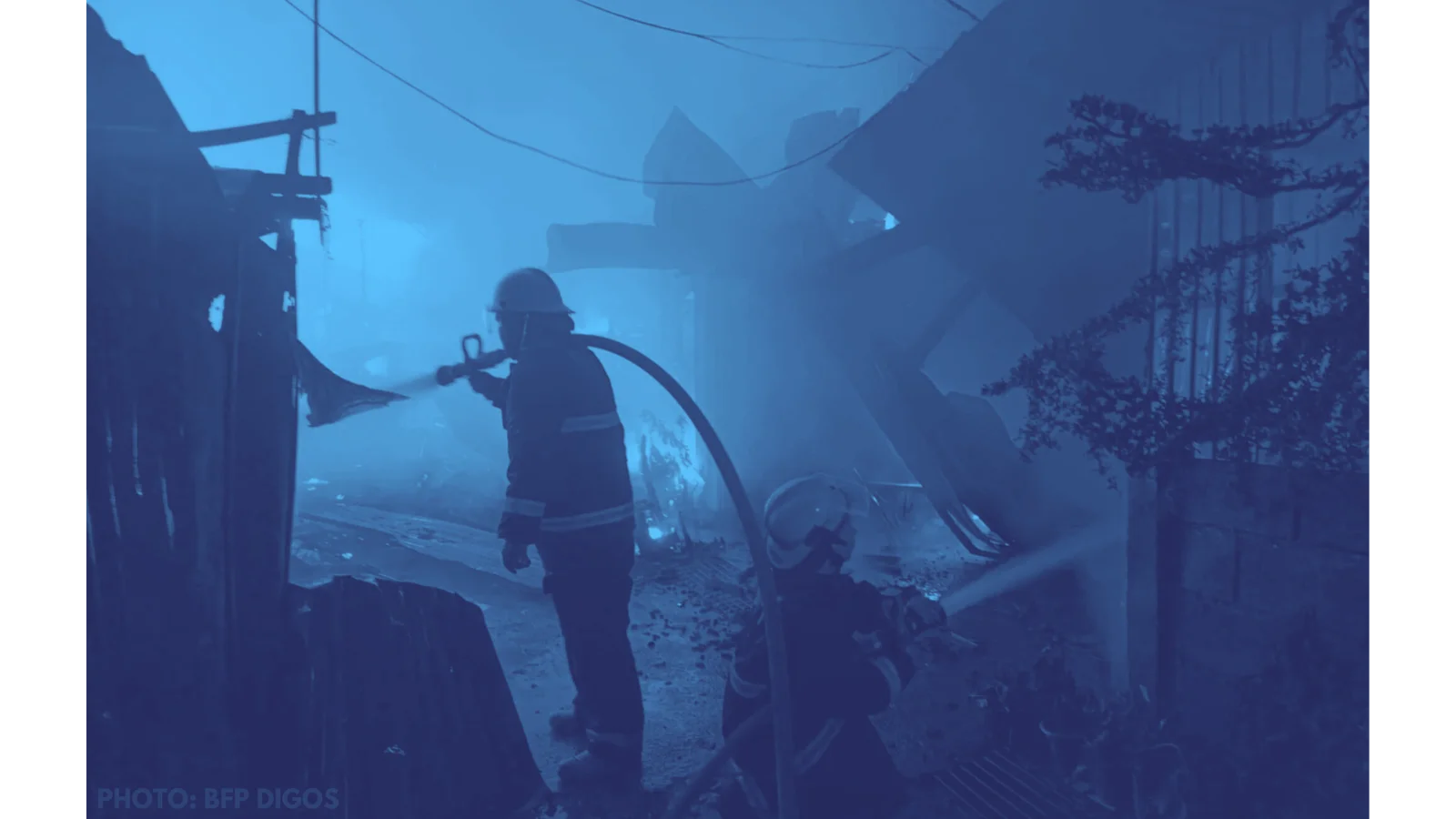In today’s digital world, social media has become the centerpiece of communication. As of April 2024, 62.6% of the world’s population are social media users. Gone are the days of learning about current events through newspapers or television, almost everyone uses social media to keep up with the latest trends and news worldwide. The real-time exchange of information makes social media an invaluable tool for various types of communication, especially during emergencies. Emergencies require quick responses, and up-to-date information is valuable for preserving people's lives and safety. Social media platforms provide a space for the instant dissemination of information, ranging from natural disasters and public health crises to security threats and emergencies. Social media allows people to learn about crisis and disaster events as they unfold. Platforms such as Facebook, Instagram, and X enable the rapid dissemination of official announcements from government offices, news updates, and real-time developments posted by the general public. During natural disasters like typhoons and earthquakes, both authorities and the populace can quickly share information about the disaster, evacuation routes, and safety measures by posting and uploading on social media. This real-time communication helps keep the public informed and is crucial for ensuring public safety. The global reach of social media and its broad audience are another important feature during disastrous events. Since social media transcends geographical boundaries, both the affected and indirectly affected residents such as family and friends living elsewhere are updated in real-time. Individuals share firsthand accounts, photos, and videos that are valuable in providing awareness to everyone. User-generated posts help identify issues like damaged infrastructure, power outages, blocked roads, or flooded areas, aiding authorities in prioritizing response efforts for those affected. This collective sharing of information on social media platforms helps facilitate the allocation of resources and provides a more comprehensive view of the ongoing crisis. Beyond information dissemination, social media is invaluable in coordinating and mobilizing volunteer efforts. Social media helps organize relief efforts and donations from the general public. People offer help, share resources, and provide emotional support to those affected. This rapid mobilization enhances the efficiency and effectiveness of response efforts, as both the authorities and the public are well-informed. Furthermore, social media campaigns can highlight specific needs, such as medical supplies or food, ensuring targeted and timely support. This collective action fosters a sense of community, empowering individuals to contribute meaningfully to disaster relief. Social media is an indispensable tool in crisis and disaster communication. Its real-time information dissemination, crowdsourced data, and mobilization capabilities greatly help everyone communicate effectively during crises, ultimately saving lives. Additionally, social media platforms serve as a hub for accurate information, helping to counteract misinformation and rumors that can spread during emergencies. By providing a reliable source of updates and resources, social media helps maintain public trust and ensures coordinated efforts in response to disasters.


